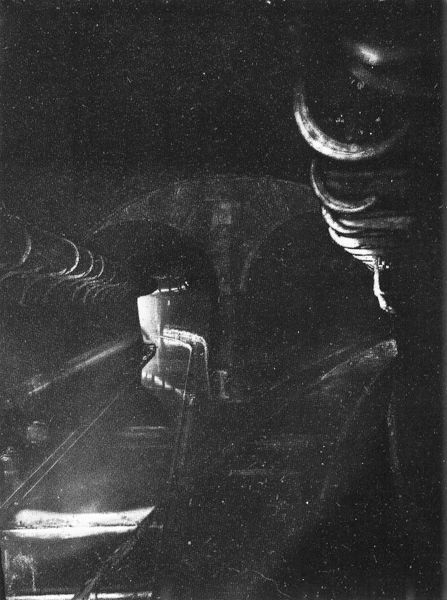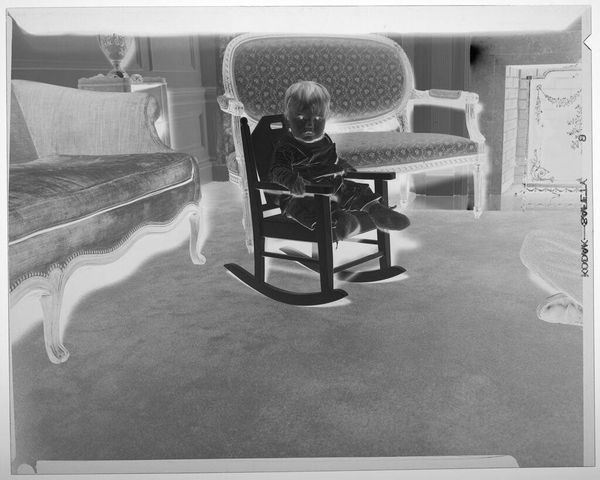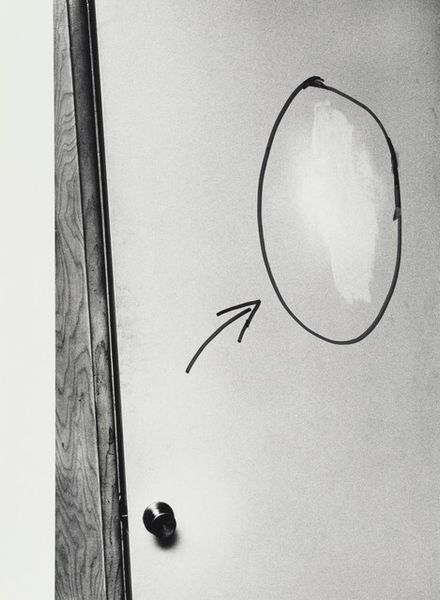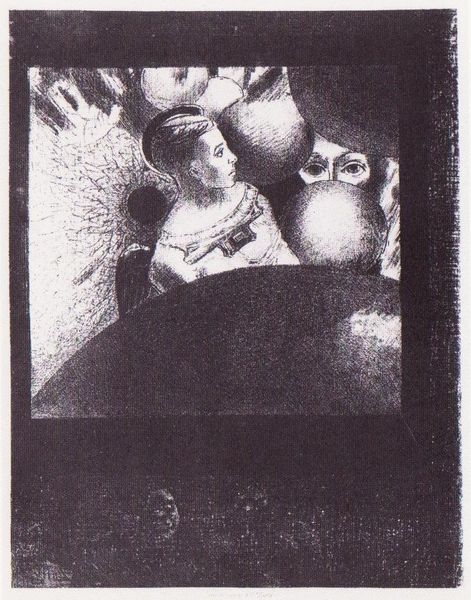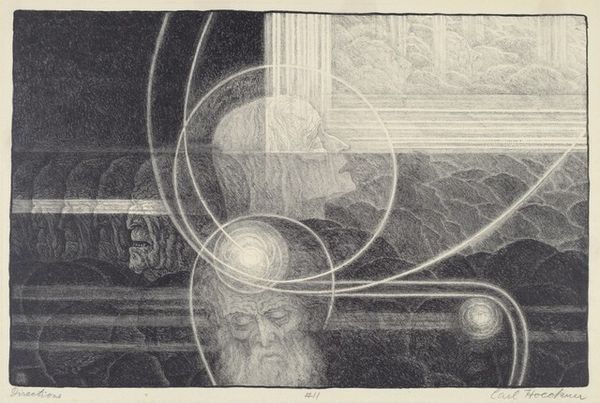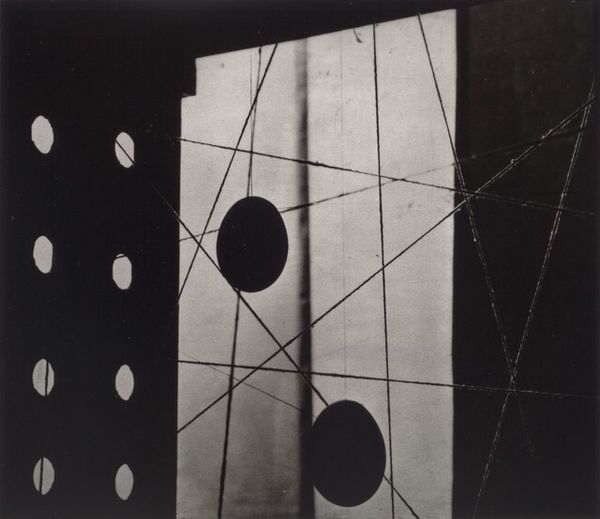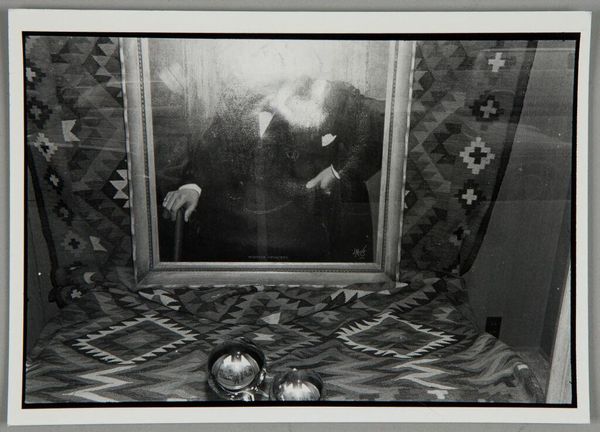
drawing, lithograph
#
drawing
#
self-portrait
#
lithograph
#
sculpture
#
geometric
#
monochrome
#
realism
#
monochrome
Copyright: M.C. Escher,Fair Use
Curator: Immediately striking! A bit unsettling, but incredibly captivating. What is your first impression? Editor: These lithographic spheres feel remarkably real, as if I could reach out and touch their smooth surfaces. The play of light and shadow is just masterful. I find it remarkable that the artist, M.C. Escher, created "Three Spheres II" using such simple means, the interplay between the lithographic stone and the tools themselves to have such a visual impact. Curator: Precisely! Escher often employed mathematical principles in his art, and that precision is palpable here. I believe there’s a certain sense of the gaze being interrogated here. The reflective sphere places us, the viewer, as complicit in the artist’s introspection. Editor: Yes, the central sphere offers that self-portrait. The process he utilized for that piece demanded he become fully absorbed in both the reflective sphere but also how his own figure became an intrinsic part of the art. That process makes Escher both laborer and the material reflected in that labor. Curator: Exactly. He's both subject and object, artist and artisan, which, especially considering when it was made in 1946, raises compelling questions about the artist's identity within the larger post-war society, especially considering Escher’s own relationship to rising Fascism. Is he reflecting upon the isolation, or some sense of ego and power. Editor: And what about the materials and their availability at that moment in time? Lithography requires specialized knowledge and access to those tools. I want to think about this piece in terms of materiality. The labor and knowledge used for this piece can easily be dismissed if you focus on the representational aspect, and that completely ignores what goes into the piece and the cost to get there. Curator: It’s undeniable that the technical skill involved elevates it beyond a simple exercise in representation. Thinking about Escher and this particular piece encourages thinking about what artistic labor and process are for when the world around feels particularly fragile. Editor: Indeed. "Three Spheres II" feels like a very contemporary dialogue between the means and the end, a reminder of the layered and intricate dance of making. Curator: It's a stark reminder that our perceptions are always mediated, both by the artist’s choices and by the inherent limitations and affordances of the materials they employ, urging me to always interrogate our position and context when considering any work of art.
Comments
No comments
Be the first to comment and join the conversation on the ultimate creative platform.
